Register for British Equine Veterinary Association Congress
This year’s Congress will cover a broad range of day-to-day equine medicine and surgery topics.
This year’s Congress will cover a broad range of day-to-day equine medicine and surgery topics.

Some disorders produce gait abnormalities and lamenesses that aid in a quick and accurate diagnosis.

Accurate diagnosis can allow effective treatment of uterine conditions in broodmares to improve fertility.

The first step in managing an equine foot problem successfully is to attain an accurate diagnosis.

These issues can be life-threatening if not diagnosed and treated promptly and properly.
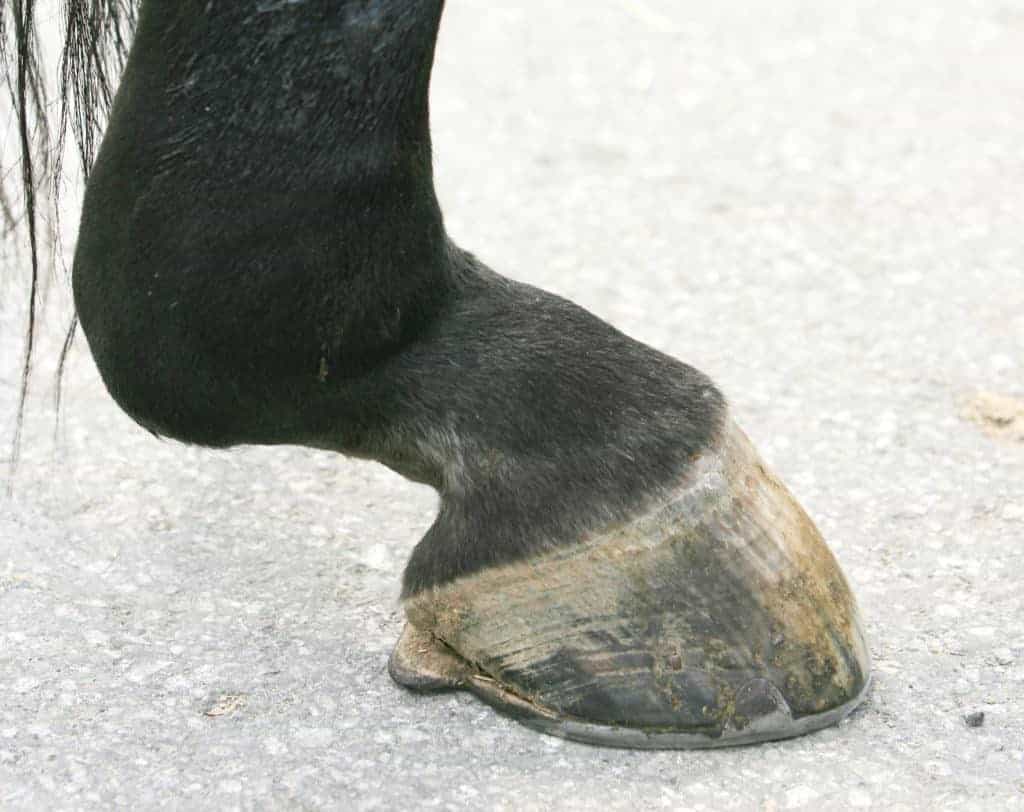
Even the tiniest leg laceration can have dire consequences for nearby tendons if left untreated.

Breeding soundness exams should include a physical exam, a genitalia exam, a libido exam, and a semen exam.
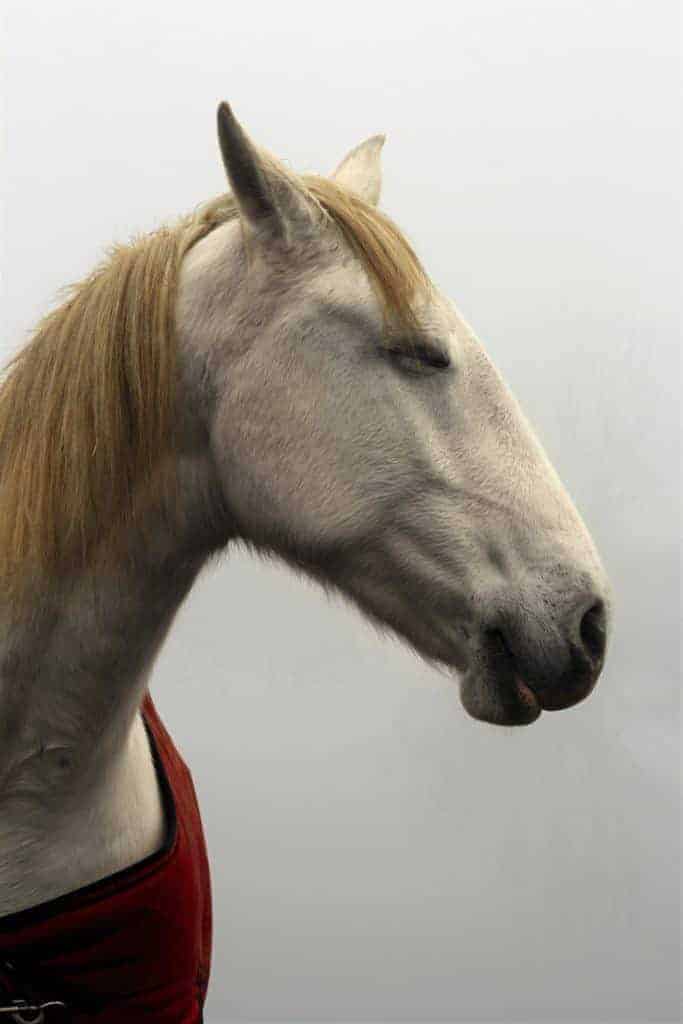
Sleep deprivation is an important, but not fully understood, equine health condition.

In recent years, a deadly disease–hendra virus–has been making waves in the Australian equine industry.

Using cooled-shipped semen to breed mares is a common practice, but not all spermatozoa tolerate cooling well.

Treatment of mares with oral gallium nitrate significantly reduced fecal concentrations of virulent R. equi.

Fluphenazine, a human antipsychotic drug, has drawbacks that often preclude its use in horses.

Delayed wound closure involves suturing wounds four to five days after injury.
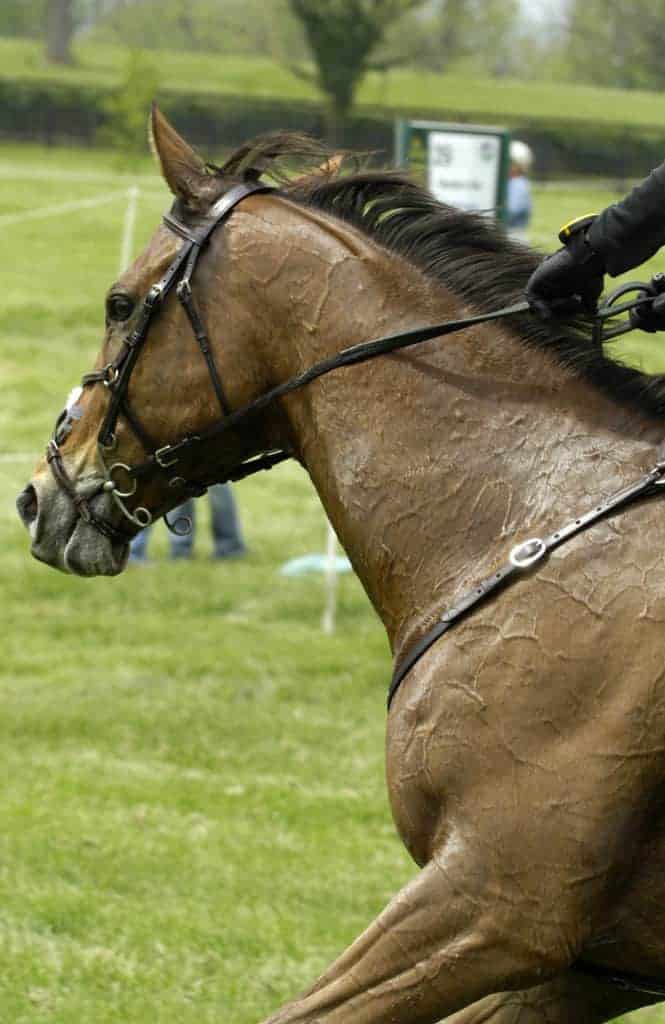
Researchers recently assessed the feasibility of functional electrical stimulation in roarers.
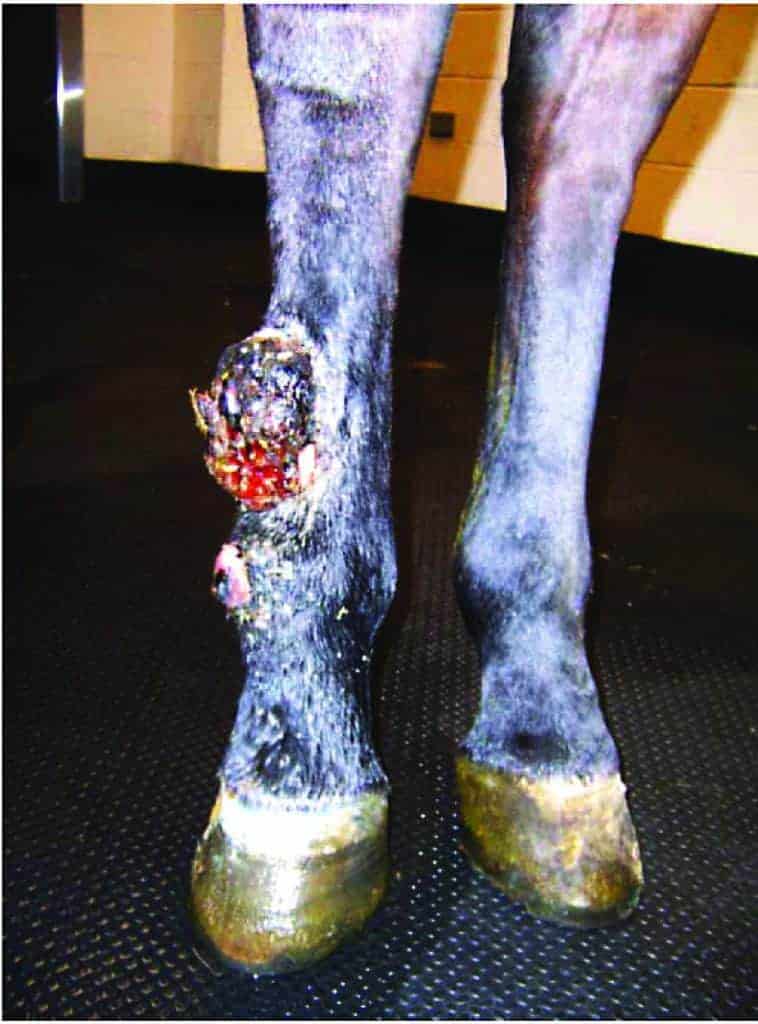
Equine wounds need to be managed carefully to prevent the development of exuberant granulation tissue.
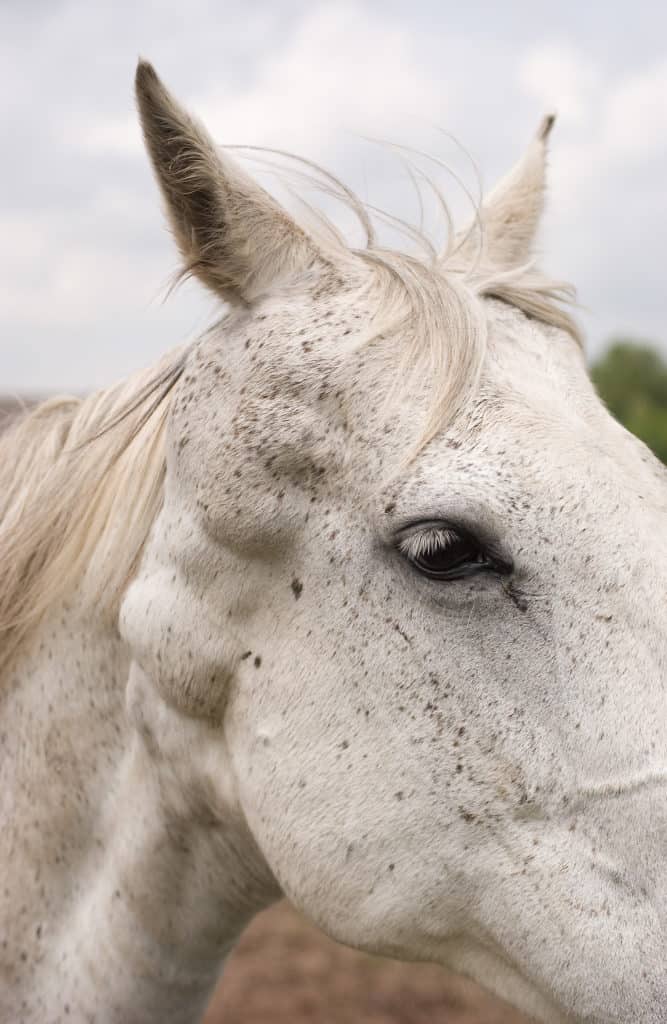
Researchers are testing a ‘cancer vaccine’ to determine if it might be a viable equine treatment option.
Stay on top of the most recent Horse Health news with
"*" indicates required fields